Are you looking for tips on how to overcome your fear of flying? If so, you are not alone! Research shows that over 25% of people suffer from fear of flying to some degree, and I used to be one of those people.
Yes, I was a travel blogger who was afraid of flying, yet I got on a plane at least once a month.
So how did I do it? Let’s take a look at how I used fear of flying books and mindset work to (almost) cure my fear of flying. I still get afraid during turbulence, but have no problem getting on the plane.
Plus I’m also giving you my top tips on how to cope with fear of flying during long-haul flights.
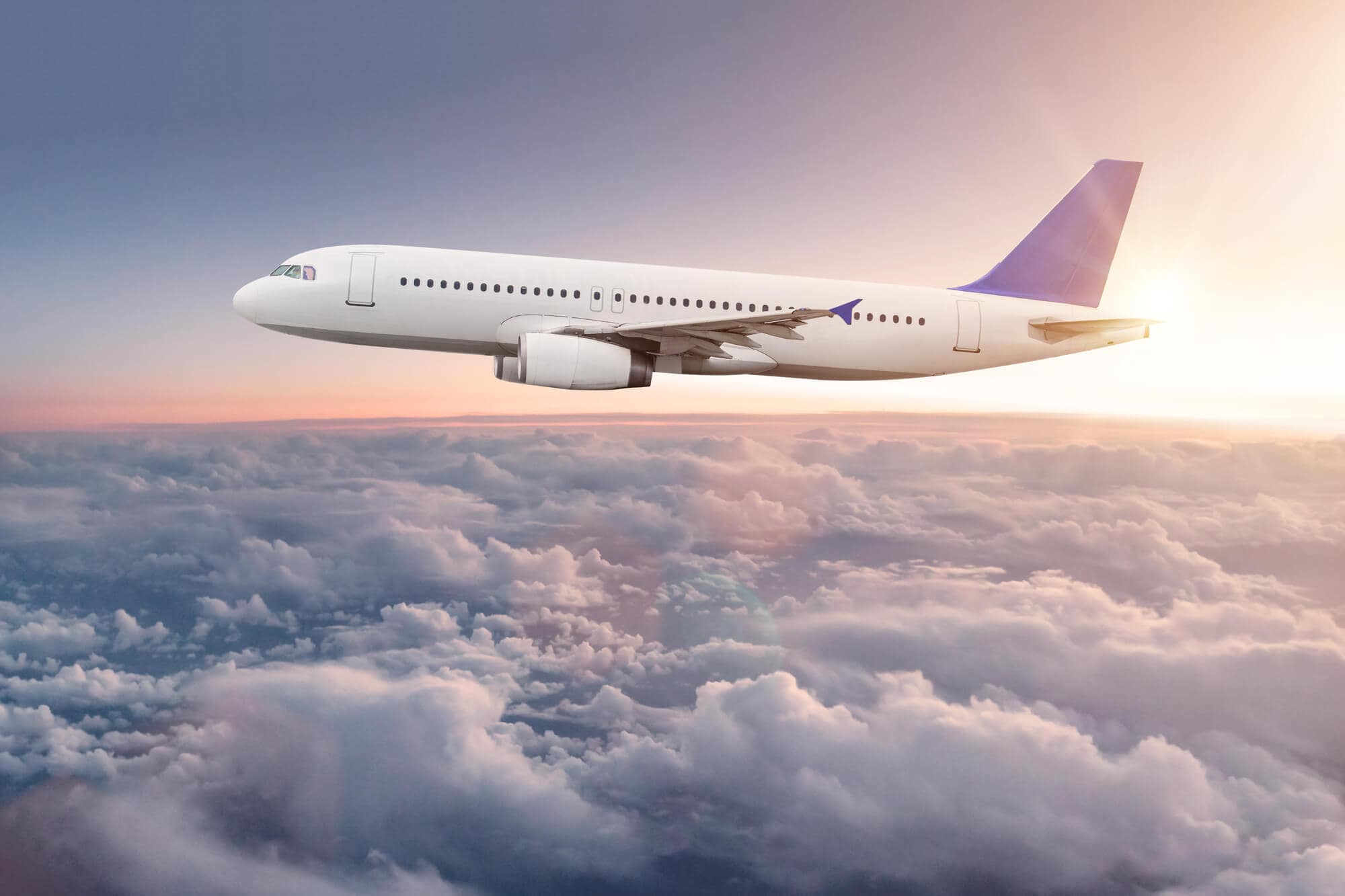
✅ DON’T FORGET TRAVEL INSURANCE!
SafetyWing is an affordable subscription travel insurance that you can purchase even after departure, and pause when you’re home.
Article overview
- What is aerophobia (fear of flying)?
- How to overcome fear of flying
- Tips for coping with fear of flying
- 1. If possible, book your flight way in advance.
- 2. Take control
- 3. Don’t rush
- 4. Be comfortable
- 5. Bring everything you need to feel comfortable in the air
- 6. Tell a member of the crew that you’re scared prior to take-off
- 7. Bring healthy snacks & avoid caffeine
- 8. Think positive thoughts & breathe
- 9. Distract yourself
- 10. Wear earplugs or headphones at all times
- 11. Have a sneaky drink
- FAQs fear of flying
- Looking for more travel guides?
What is aerophobia (fear of flying)?
Aerophobia, sometimes also referred to as aviophobia, is the fear of flying or being in an aircraft. This phobia can cause significant distress and anxiety for individuals who experience it.
Symptoms may include panic attacks, sweating, rapid heart rate, and feeling a sense of dread or impending doom when faced with the prospect of air travel.
It’s very common, affecting more than 25 million adults in the U.S.
My experience with fear of flying
In the days leading up to a flight, I used to get a pit in my stomach from just thinking about it. I postponed everything to do with the trip so I wouldn’t have to think about it. And if I saw a plane up in the sky I just thought to myself, I’m so happy I’m not on it.
The night before a flight I used to be so nervous it was impossible for me to fall asleep early. I usually ended up getting about 3-4 hours of sleep. And the day of went something like this:
At the airport: Ehh… This is going to be great. I love to travel (At this point my hands start to get sweaty and my stomach starts making weird noises).
During take-off: Everything will be fine…. Everything will be fine…..
In the air: Wow this is going surprisingly well. I’m handling this so much better than I thought I would!
After one bump of turbulence: OMG, we’re going to diiiiiie! Why isn’t everyone else freaking out?!??!? I promise to never fly again just let me liiiiive!
Haha, can you relate?
How it all started
I never liked to fly but I didn’t use to get scared like that. It was a dreadful 13-hour flight from Thailand to Norway eight years ago that made my anxiety so much worse. I had been awake for over 30 hours because I just can’t fall asleep anywhere else than a bed.
We flew through a thunderstorm with lightning outside and so much turbulence that I had to hold on to my seat while the plane went from side to side. I get motion sickness from the tiniest little bump, so I was literally holding on to my seat for dear life while sweating profusely and trying to keep myself from throwing up.
This went on for what seemed like hours. Then suddenly an oxygen mask fell out and I thought my time had come.
I looked at the map on the monitor and saw that we were right over Afghanistan, so naturally, I started picturing the plane going down and me being the only survivor. Would I have to live in the mountains of Afghanistan? How would I survive up there, doesn’t it get extremely cold during winter? I’m only wearing a dress and sandals!
I’m not even kidding, that’s how my brain works when I’m terrified. It just automatically comes up with ten different worst-case scenarios. Super embarrassing and not to mention, annoying as hell!
So in light of this, you might wonder why the heck I decided to become a travel blogger. To be honest, sometimes I wonder that myself.
Well lucky for me, my desire to explore the world is that tiny bit greater than my fear of flying. I’ve made a promise to myself that I wouldn’t let my fears get in the way of my dreams. My mission in life is to not regret anything I didn’t do.
And I would definitely regret not exploring the world just because I was too scared to get on a plane. So I literally forced myself to travel and having the pressure to create new content for my blog helped a lot.
I also tried medication that was supposed to relax me, but instead, it made me feel trapped inside my body. I was freaking out on the inside while it felt like my body was sleeping. I could not open my eyes for more than a second at the time. In other words, a total disaster!
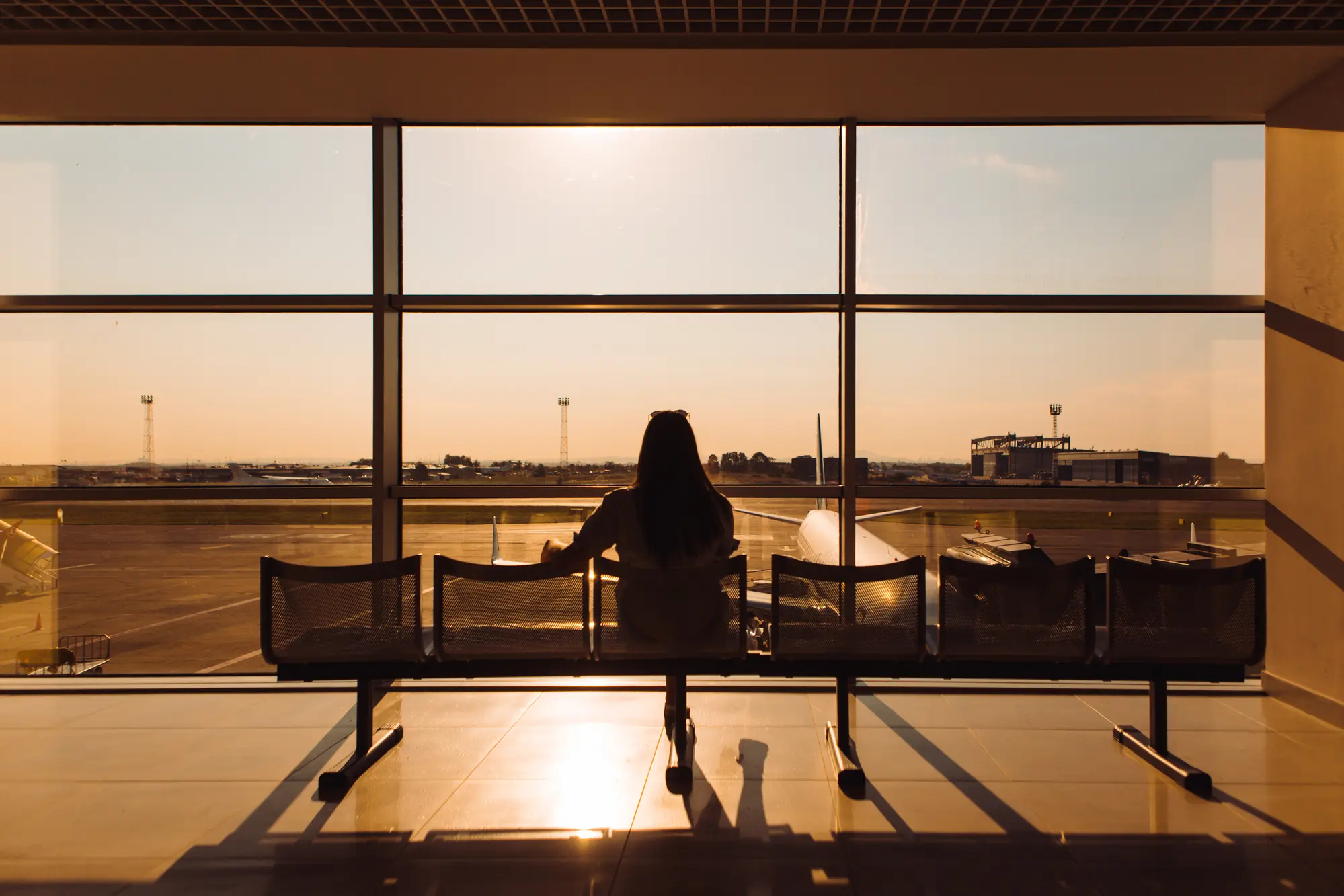
How to overcome fear of flying
Below you’ll find some of the resources I used to overcome aerophobia. I still get nervous, mostly during turbulence, but I no longer have a problem getting on the plane.
Best fear of flying books
After reading and listening to many books to overcome my fear of flying, these are the two I recommend:
🌟 Soar: The Breakthrough Treatment For Fear Of Flying >> Captain Bunn started the SOAR program to help people conquer their fear of flying. Over 10,000 people have graduated from the SOAR course, and this book is a summary of the most helpful information.
Captain Bunn explains how anxiety, claustrophobia, and panic are caused when noises, motions—or even the thought of flying—trigger excessive stress hormones. Then, to stop this problem, he takes you step-by-step through exercises that permanently and automatically control these feelings. He also explains how flying works, why it is safe, and teaches you how to plan your flight strategically, etc.
I have read and listened to this book two times, and I found it very helpful even though I already knew a lot of the information. My biggest takeaway was why the brain causes anxiety and panic, so I can work on stopping it before it gets too bad.
🌟 Cockpit Confidential >> This book literally answers every question you might have about air travel. Patrick Smith, a pilot and writer of an “Ask the Pilot” column, breaks down that barrier and tells you everything you need to know about flying, including:
- How planes fly, and a revealing look at the men and women who fly them
- Straight talk on turbulence, pilot training, and safety
- The real story on delays, congestion, and the dysfunction of the modern airport
- The myths and misconceptions of cabin air and cockpit automation
- Airfare, seating woes, and the pitfalls of airline customer service
I really enjoyed this book, because all the information is presented in an easy-to-understand and sometimes humorous way.
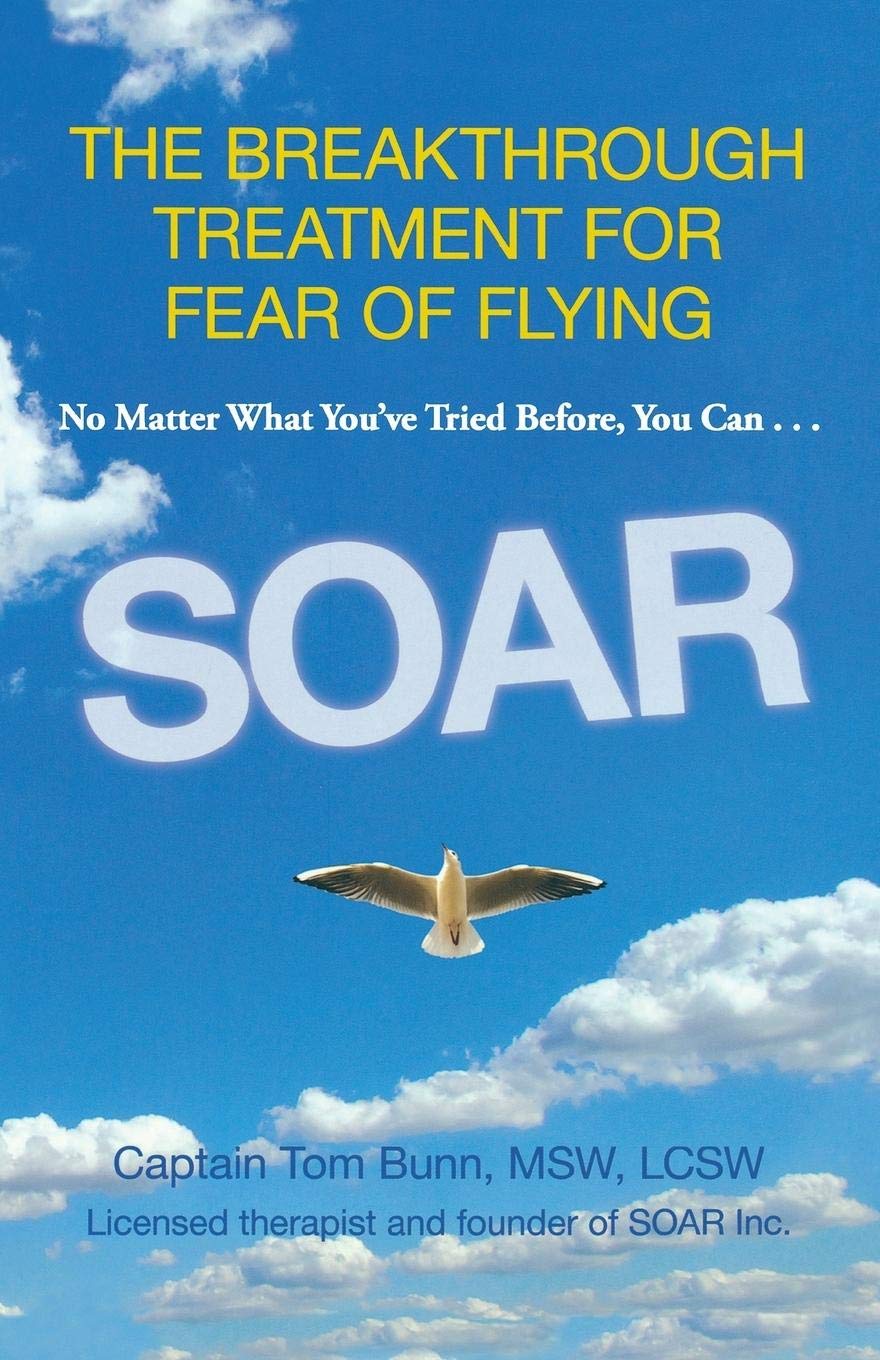
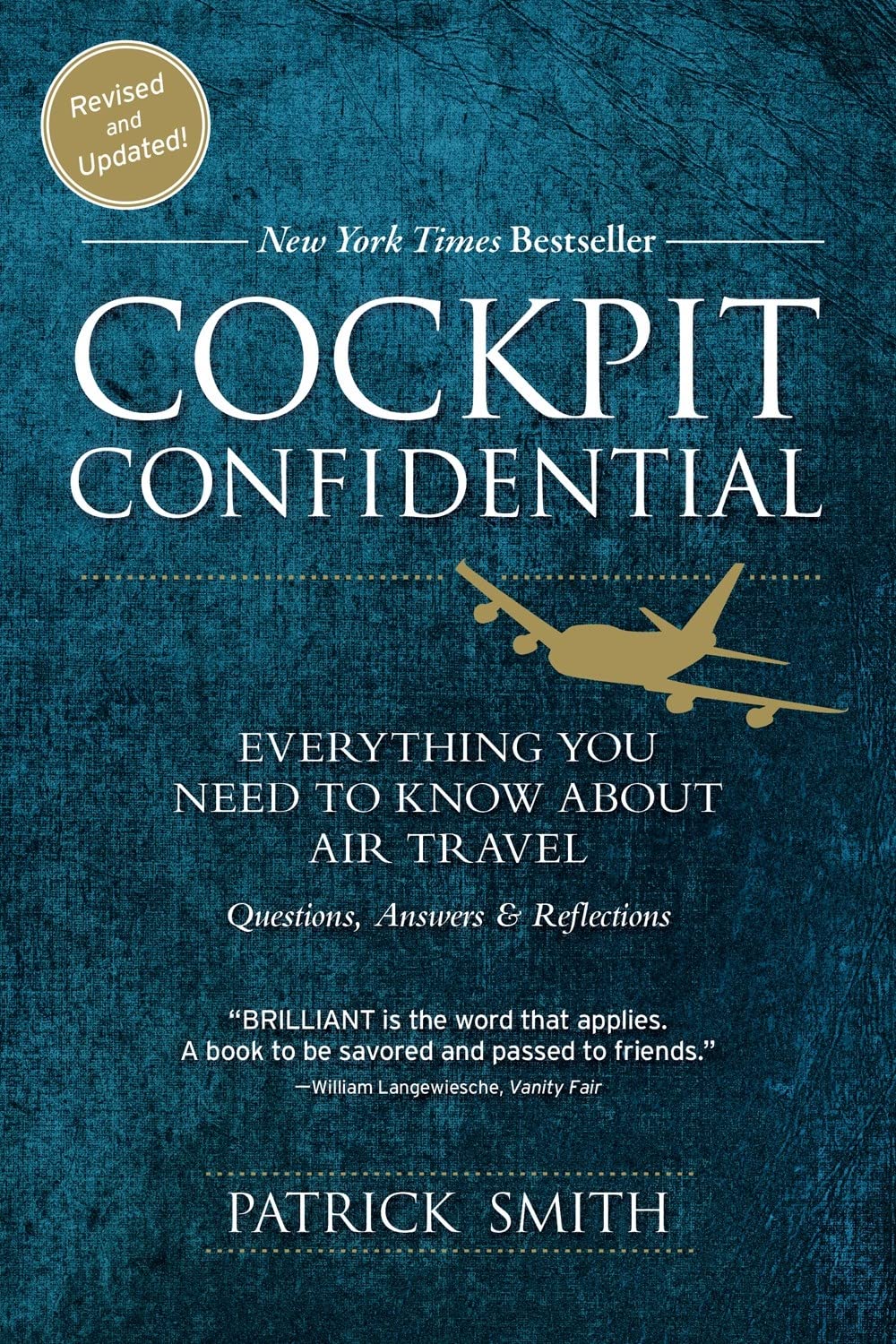
Work on your mindset
Know that when your body causes a flight or fight reaction, it does so to protect you from a perceived threat. So don’t try to push that feeling of fear away, embrace it and thank yourself. Say thank you fear, but I’ve got it from here. The more you resist a feeling, the more it persists. This goes for every situation in life.
Don’t talk about how nervous you are in the days leading up to a flight or on the flight. The thoughts you think and the words you speak shape your life. So if you want to change the life you experience, change your language.
Repeat these affirmations before and on the flight:
“I am safe.”
“I am in the hands of professionals.”
“I release all fear of flying and embrace the freedom of travel.”
” I am so grateful that I have the opportunity to travel and explore the world.”
“My fear is just a thought; it does not reflect the reality of flight safety.”
Close your eyes and visualize yourself getting on the plane calmly, having a great experience and then landing safely. Focus on the feeling of gratefulness for being able to travel and all the fun things you will experience at your destination.
Visualize getting on a plane and having a great experience daily, because your brain does not know true from false. You can tell it whatever you want, so tell it that you love flying. Make what you fear familiar, make what you desire familiar. Print out a photo of the inside of a plane and look at it every day, just like you would a vision board.
There are also many great free meditations on YouTube, just search for fear of flying meditation, that you can use to regulate your nervous system before and on the flight.
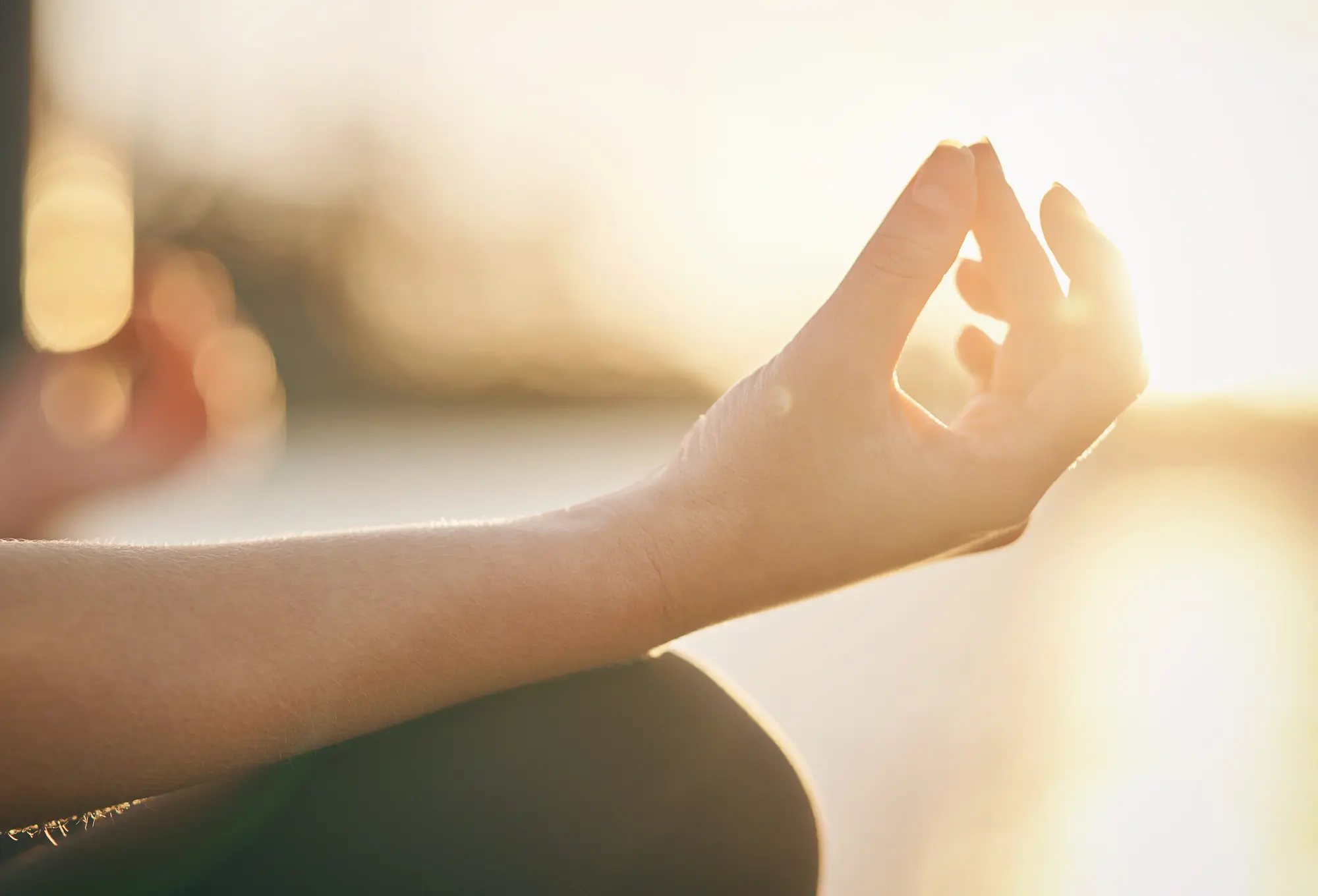
Look at the stats
- The odds of being involved in a fatal aviation accident are extremely low, with the likelihood estimated at around 1 in 11 million. This means that you are more likely to win the lottery than to be involved in a fatal plane crash.
- You are more likely to die in a car crash than in a plane crash, but the chance is still less than 1%.
- The Federal Aviation Administration (FAA) reports that the vast majority of aviation incidents are minor, with 97% of passengers involved in accidents surviving in recent years.
Tips for coping with fear of flying
If you have to get on a plane before you have cured your fear of flying, these are my best tips for a comfortable flight.
Here are also some tips for coping with travel anxiety from an actual psychologist.
1. If possible, book your flight way in advance.
If the trip is only a couple of days away, I’ll most likely end up not booking it. But if I don’t have to deal with the fact that I’m flying for a while, I will book the trip without thinking twice.
And when the time comes I don’t want to lose my money so I get on the plane despite being terrified.
2. Take control
Even though I probably wouldn’t have a better chance of surviving a crash sitting near an emergency exit, it makes me feel more at ease. Most airlines and booking engines allow you to request a seat when you book your flight or straight after.
For me sitting in an aisle seat is an absolute must, probably due to my claustrophobia. It creates a sense of space and allows for blissful ignorance of what’s going on outside.
Some, however, prefer the window seat where you are able to lean against the wall for a better chance of falling asleep. Figure out which seat makes you feel the most comfortable and make sure you get it. I will gladly spend $10-30 dollars to get the seat I want!
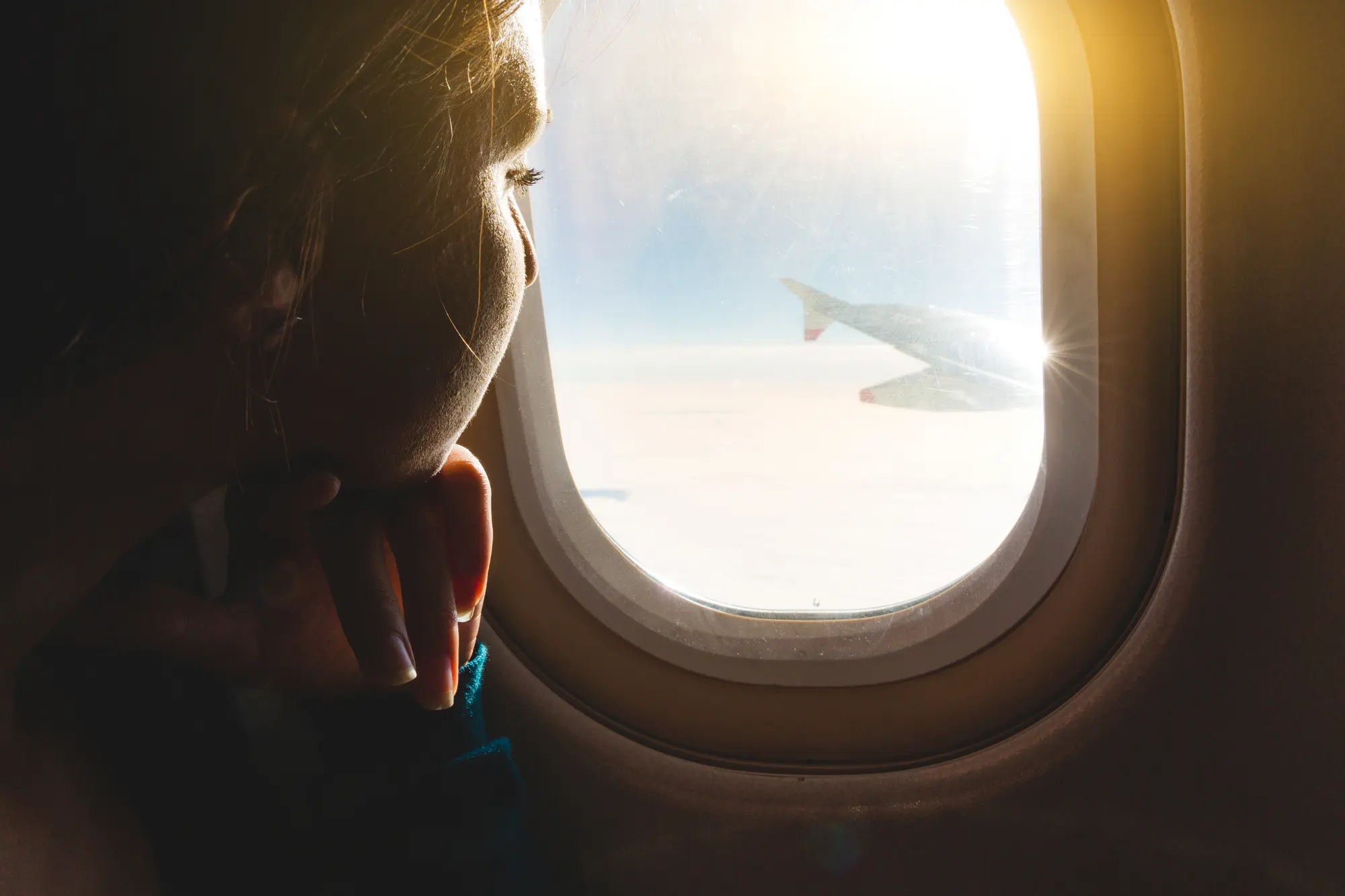
3. Don’t rush
Get to the airport with time to spare so you don’t have to rush or be worried about time. Racing through the airport while thinking you’re going to miss your plane will only add to your anxiety.
4. Be comfortable
When I first started traveling I used to get dressed up and care way too much about how I looked. Not surprisingly, tight jeans, jewelry and fancy shoes do not make for the most comfortable flight. At least not on long-haul journeys.
5. Bring everything you need to feel comfortable in the air
My long-haul flight essentials are hand sanitizer, moisturizer, lip balm, deodorant, wet wipes, painkillers, chewing gum and hair ties which I put in the seat pocket in front of me. You can get a complete travel hygiene kit here, super convenient.
I know how annoying I find it to have chapped lips or dry hands on the plane. Or if I feel like I smell I will only worry about people around me noticing. So instead of having small things like that add to my anxiety, I always come prepared.
So one day I decided to not give a crap anymore and go for comfort all the way. These days leggings/drawstring pants and a long cardigan/kimono are my best friends whenever I travel. Usually paired with a soft bralette, shoes that are easy to slip in and out of and my hair in a bun.
6. Tell a member of the crew that you’re scared prior to take-off
Sometimes the captain will take time for a quick chat and answer any question you might have. Once up in the air, the flight attendants will also most likely come over to you from time to time to see if everything is ok.
Just getting confirmation that the weird sound or sudden turbulence is normal, usually calms me down quite a lot.
7. Bring healthy snacks & avoid caffeine
You know how good potato chips taste up in the air? For a while now I’ve been searching for a healthier alternative that doesn’t lack in flavor. So I was super happy when I discovered “Hi I’m skinny sticks”. ´Their tasty sticks are grain-based, vegan, gluten-free and contain chia seeds.
I always bring a couple of meal replacement bars. You know sometimes those airplane meals just don’t do it for me. And being hungry will only make your flight experience worse. My favorites are these non-GMO gluten-free snack bars from Luna Bar, a small meal and a treat all in one.
Remember to avoid caffeine and energy drinks, as an overly alert state of mind can make you even more jittery. But drink lots of other liquids, as dehydration will not help you either.
8. Think positive thoughts & breathe
Okay, I know that’s easier said than done. At first, when people told me to do this I got super annoyed. How could I possibly think positive thoughts while I think I’m going to die?
But forcing myself to think about all the fun things I’m going to do on the trip really helps. As I talked about earlier, visualize yourself landing safely, settling into your hotel and the food you will eat, places you’ll see etc.
Take a deep breath through your nose while counting to four, then slowly release like you’re blowing out a candle. That will trigger your parasympathetic nervous system, which will calm your anxiety.
9. Distract yourself
Listen to calming music or watch a movie/series. If I have a long-haul flight coming up I usually save some episodes of my favorite series and download them to my phone or tablet. Watching something you really like or find interesting makes the time go so much faster.
Adult coloring books (this one with 50 bucket list-worthy destinations is my favorite), sudoku and crossword puzzles can also take your mind off where you are and help you relax.
10. Wear earplugs or headphones at all times
Especially during takeoff and landing. Sometimes I don’t even listen to anything I just wear my headphones to cancel out the noise. The fewer strange sounds I hear the less I get stressed out.
🌟 These Sony noise-canceling wireless headphones with Alexa Built-in are my favorite.
11. Have a sneaky drink
And if everything else fails, you drink! No, I’m just kidding. Have one or two drinks to calm your nerves. On longer flights where drinks are free, I always go for vodka and pineapple juice. It tastes so good up in the air. Be sure not to drink too much, just enough to get that warm fuzzy feeling.
Stay away from things that can make you feel the least bit bloated or nauseous. Take me for instance, I know I can’t drink cider or beer in the air without ending up looking like I’m six months pregnant. I don’t care about the look but sitting in the seat for hours pregnant with air is no joke.
So there you go! My ten best tips for coping with your fear of flying. If you have any other great tips I would love for you to leave them below in the comments!

FAQs fear of flying
Why have I developed a fear of flying?
There are various reasons why someone may develop a fear of flying, and it can be influenced by a combination of factors. Some common reasons include:
- Previous negative experience: A past traumatic flight experience, such as turbulence, emergency landings, or severe weather conditions, can lead to a fear of flying.
- Fear of heights or loss of control: Some individuals may have a fear of heights or a general fear of not being in control, which can be exacerbated in the confined space of an aircraft.
- Media influence: Media coverage of aviation accidents or incidents can contribute to a heightened fear of flying, as sensationalized stories may create a perception of air travel as more dangerous than it actually is.
- Lack of familiarity: For individuals who have limited exposure to air travel, the unfamiliarity of the airport environment, security procedures, and the sensation of flying itself can lead to anxiety and fear.
- Underlying anxiety or phobias: Fear of flying can be linked to underlying anxiety disorders or specific phobias, such as claustrophobia or agoraphobia, which can be triggered by the unique aspects of air travel.
- Personal or family concerns: Personal or family concerns about safety, security, or the potential for accidents can contribute to a fear of flying, especially if there is a lack of understanding about aviation safety measures.
- Sensory overload: The sensory experience of flying, including engine noise, changes in air pressure, and turbulence, can be overwhelming for some individuals, leading to anxiety and fear.
What causes turbulence on a plane?
Turbulence is a sudden and sometimes strong shift in airflow, often caused by:
- Weather conditions: Turbulence can be generated by weather phenomena such as thunderstorms, frontal systems, or atmospheric instability, leading to sudden changes in air movement.
- Jet streams: High-altitude air currents known as jet streams can create turbulence when encountered by an aircraft, particularly when flying near or within these fast-moving air masses.
- Mountainous terrain: When flying near mountains or rugged terrain, the airflow can become disrupted, leading to turbulence as the aircraft encounters varying wind patterns and eddies.
- Atmospheric pressure variations: Changes in atmospheric pressure, such as those experienced during weather systems or when transitioning between different air masses, can lead to turbulence as the aircraft moves through these pressure gradients.
- Wake turbulence: Larger aircraft can generate wake turbulence, which is caused by the vortices created by their wings. Smaller aircraft following behind may encounter this turbulence, leading to bumpy air conditions.
Can turbulence cause a plane crash?
The quick answer is: no, turbulence alone can’t cause a modern commercial aircraft to crash.
Turbulence, while it can be unsettling for passengers, does not pose a significant risk to the safety of an aircraft. Commercial aircrafts are designed to withstand a wide range of weather conditions, including turbulence, and are rigorously tested to ensure their structural integrity.
Pilots are trained to anticipate and navigate through turbulence, and aircraft are equipped with advanced weather radar and technology to detect and avoid turbulent areas whenever possible.
Looking for more travel guides?
- Digital nomad life advantages and disadvantages: hilarious lessons learned
- WayAway Plus review: How to earn cashback on flights & hotels
- How to buy travel insurance when you’re already abroad (after departure)
- An honest review of SafetyWing Nomad Insurance
- 20 of the world’s most unforgettable travel experiences!
- 12 Cities That Aren’t on Your Bucket List (But Should Be)
- Top 50 travel gifts under $50 that are actually useful
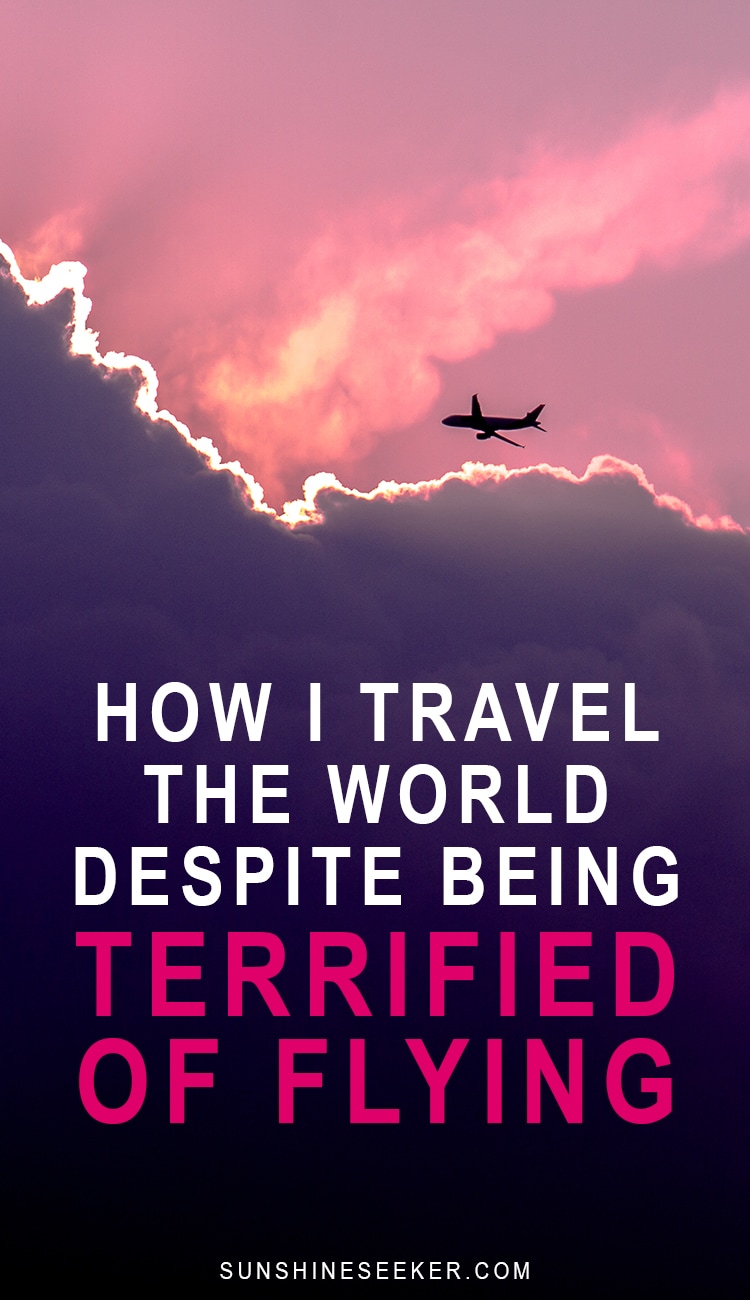
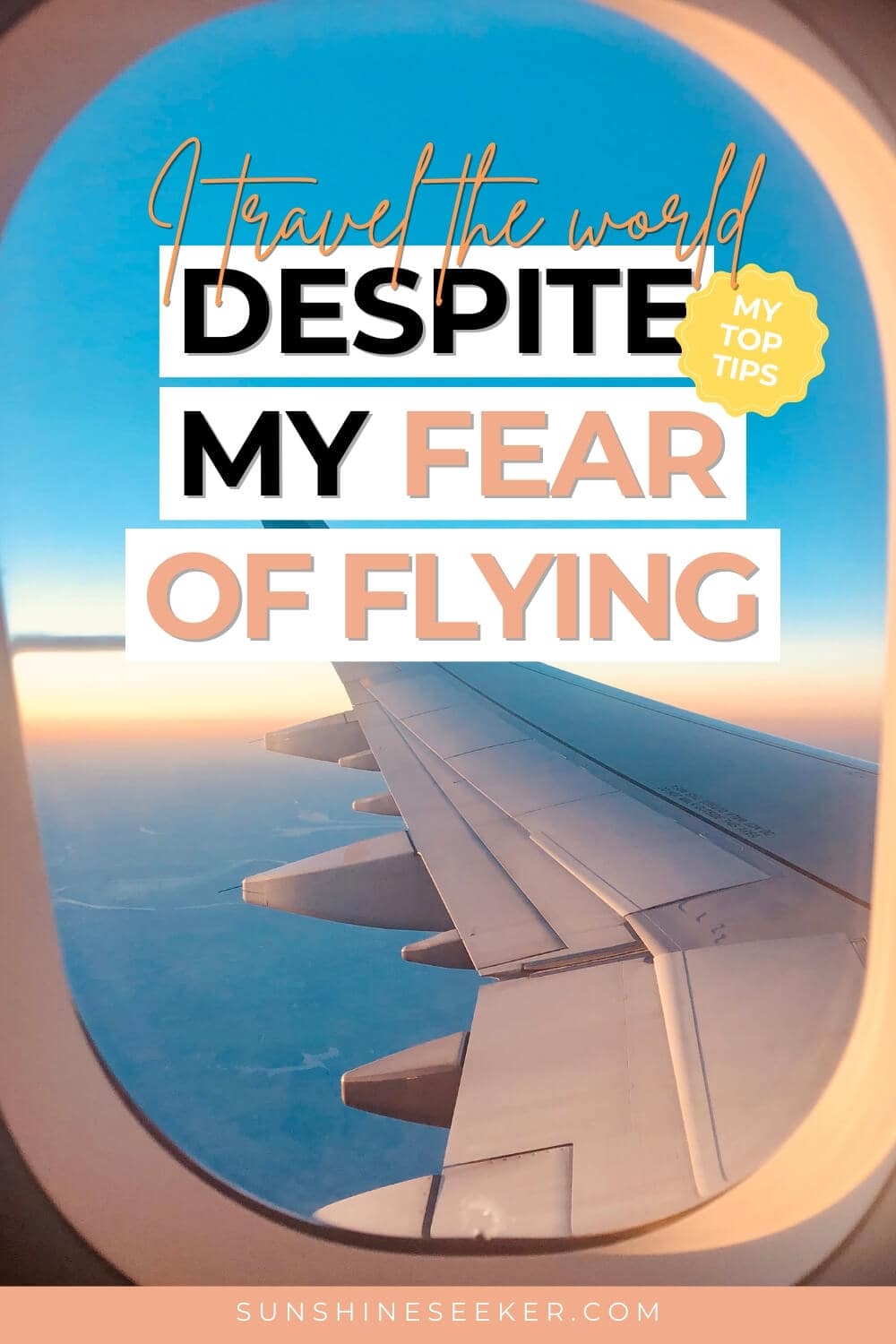


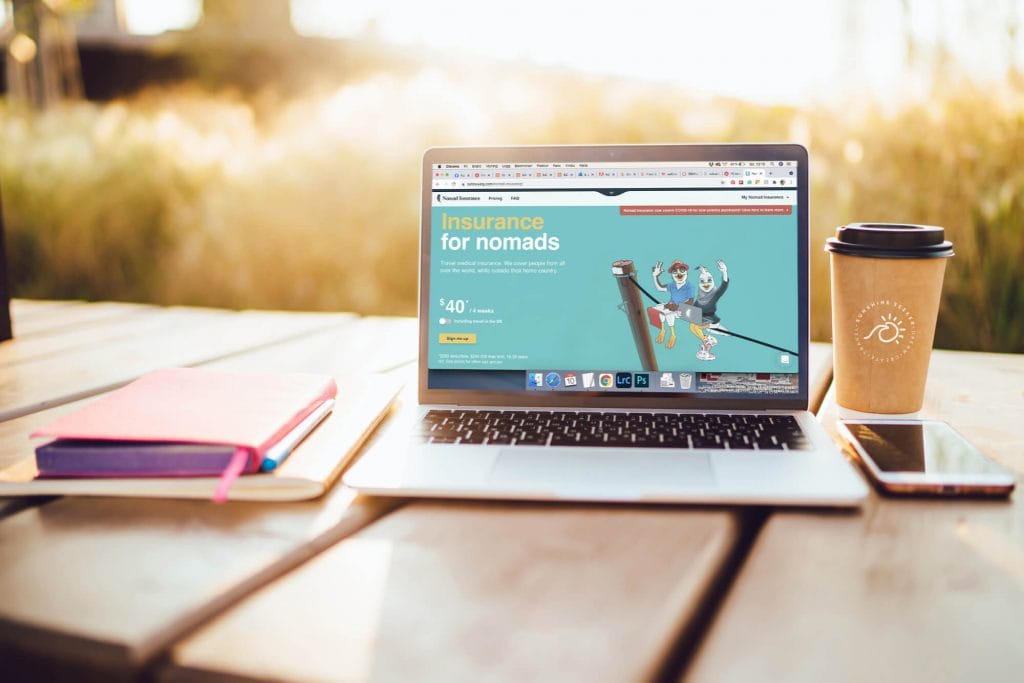




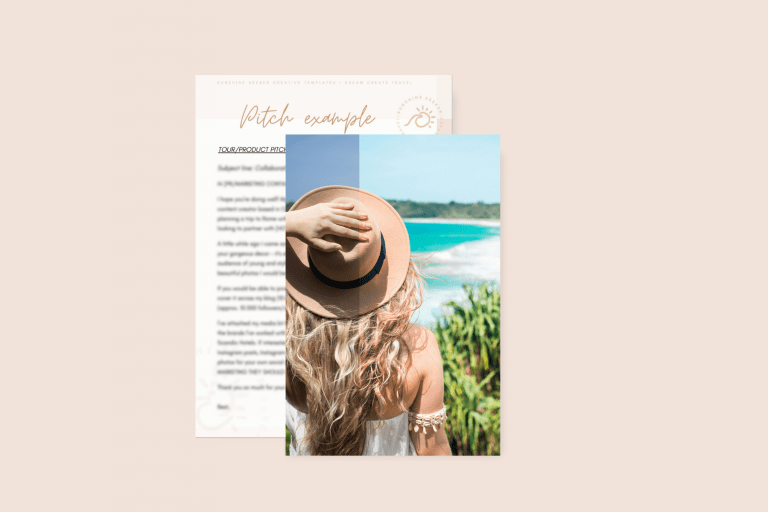


Leave a Reply